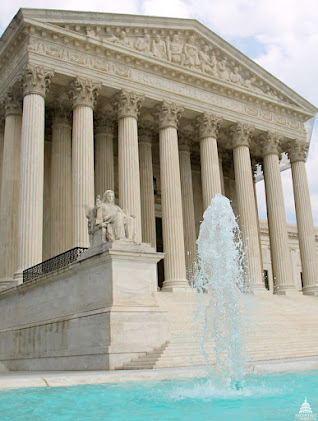What does "strategic communication" mean?
When endeavoring to understand a new topic, like strategic communication, I do believe it is best to start with defining the terms. This helps everyone get on the same page (literally and figuratively), but also avoids potential confusion down the road. With many of these concepts, especially as they relate to leadership and organizational development, people have unique perspectives and different paradigms or concepts of terms. Failing to adequately describe terms and concepts in the first instance will generally cause confusion or problems as time goes on.
The definition of strategic communication that I find especially helpful is from Professor Hallahan and his colleagues (2007), since it
combines aspects of both theoretical communication and practical ones as well. They define it as: “Strategic
communication is about informational, persuasive, discursive, as well as
relational communication when used in a context of the achievement of an
organization’s mission” (p. 17).
This lends itself to a broad, yet powerful, area of study. The focus of strategic communication first acknowledges the importance of context, here meeting the mission of a group of people, such as a business entity, government organization, or social movement. It also describes the variety of ways the communication is used:
- to educate,
- to persuade, and
- to build relationships – not just be transactional (“one and done”).
Strategic is a word that often feels confusing for many, yet for our purposes, think of strategic as a high-level, very wide-ranging understanding of the environment, context, mission, and resources of an organization. It is about long-range, big-picture types of decisions.
However, it cannot be divorced from the day-to-day interaction and relationships—both internal and external—that an organization relies upon. Strategic also implies a unity and cohesion when looking at the types of communication activities an organization undertakes. For example, public information officers, leaders, and other staff all need to be “singing from the same sheet of music,” so as not to undermine the whole organization’s message and brand identity.
Communication is about clarity and consistency so that
audiences (publics) can get a sense—often in a split-second—of who an
organization is and what it stands for.
Being strategic goes beyond mere campaign planning, but encompasses the
entirety of the organization, management, and operations.
Source:
Hallahan, K., Holtzhausen, D., Van Ruler, B., Vercic, D., & Sriramesh, K. (2007). Defining strategic communication. International Journal of Strategic Communication, 1(1), 3-35.
Top photo: George Gerbner, Annenberg School for Communication, Philadelphia, Pa., Nov. 1982. Library of Congress collection. George Gerbner, Annenberg School for Communication, Philadelphia, Pa. - digital file from original | Library of Congress (loc.gov)
Meme: Bold Strategy Cotton - Imgflip



Comments
Post a Comment